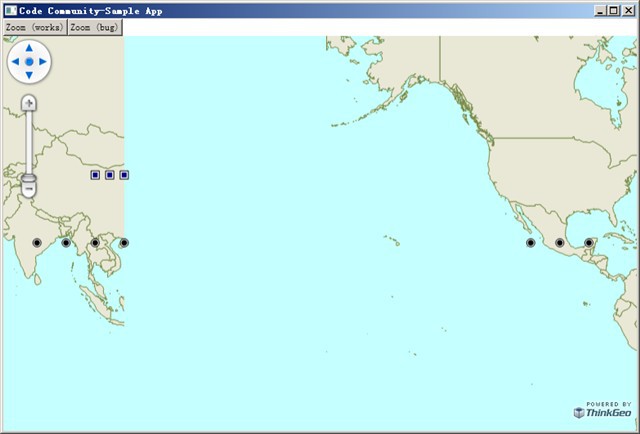Inna,
Thanks for your more information, but I am still not very clear. So if I change the vertexes as below, what result you expect when I click the second button? I attached the two screen-shots please choose one.
private IEnumerable<PointShape> GetTestPoints180()
{
yield return new PointShape(90, 20);
yield return new PointShape(100, 20);
yield return new PointShape(110, 20);
yield return new PointShape(80, 20);
yield return new PointShape(-90, 20);
yield return new PointShape(-100, 20);
yield return new PointShape(-110, 20);
}
private IEnumerable<PointShape> GetTestPoints()
{
yield return new PointShape(100, 40);
yield return new PointShape(105, 40);
yield return new PointShape(110, 40);
yield return new PointShape(-15, 40);
yield return new PointShape(-20, 40);
yield return new PointShape(-25, 40);
yield return new PointShape(-30, 40);
yield return new PointShape(-35, 40);
yield return new PointShape(-40, 40);
}
This one?

Or this one?

Thanks,
James







